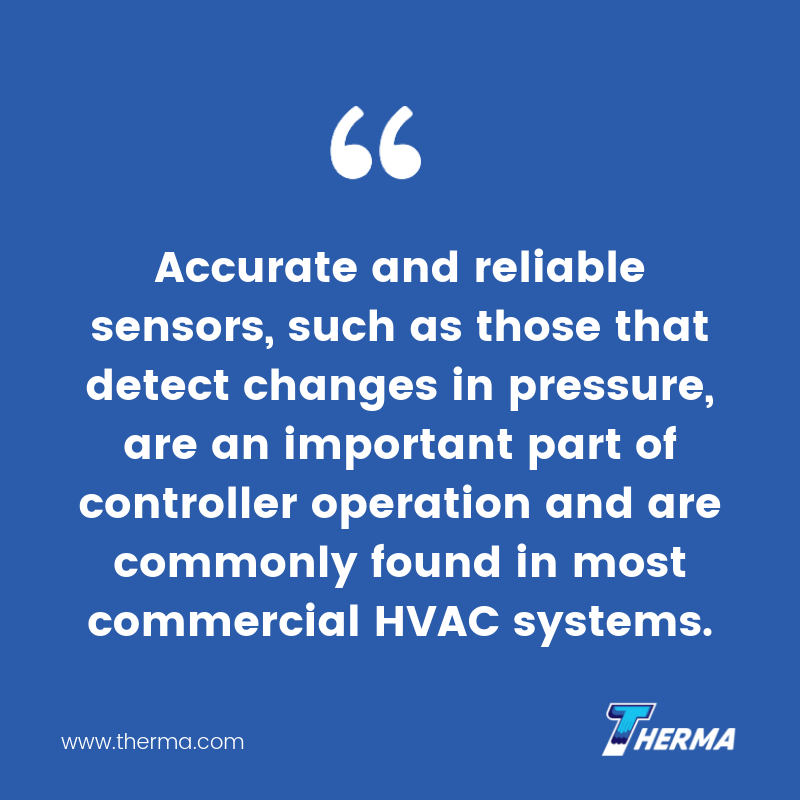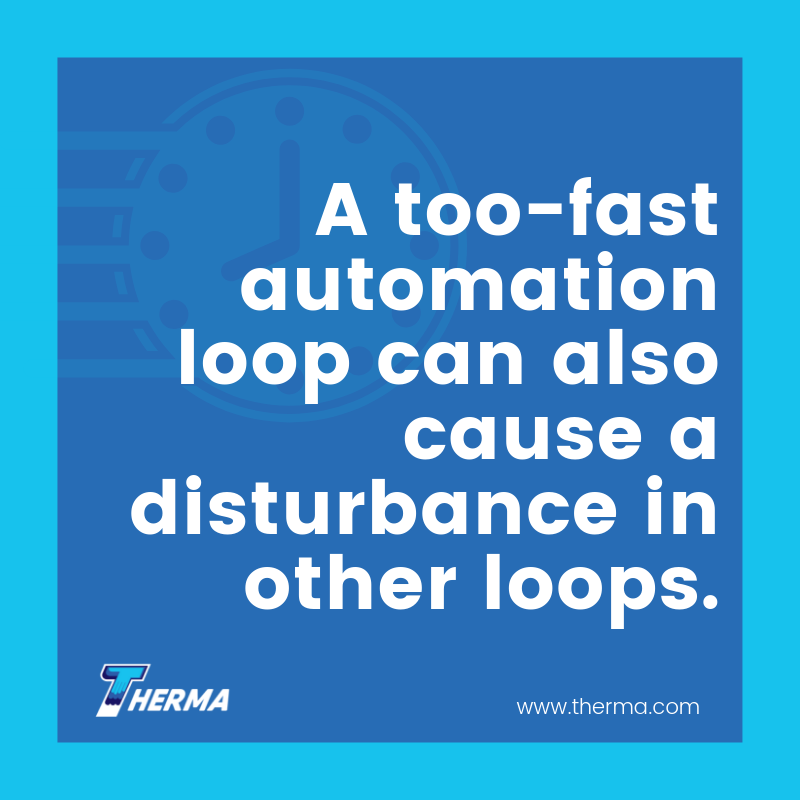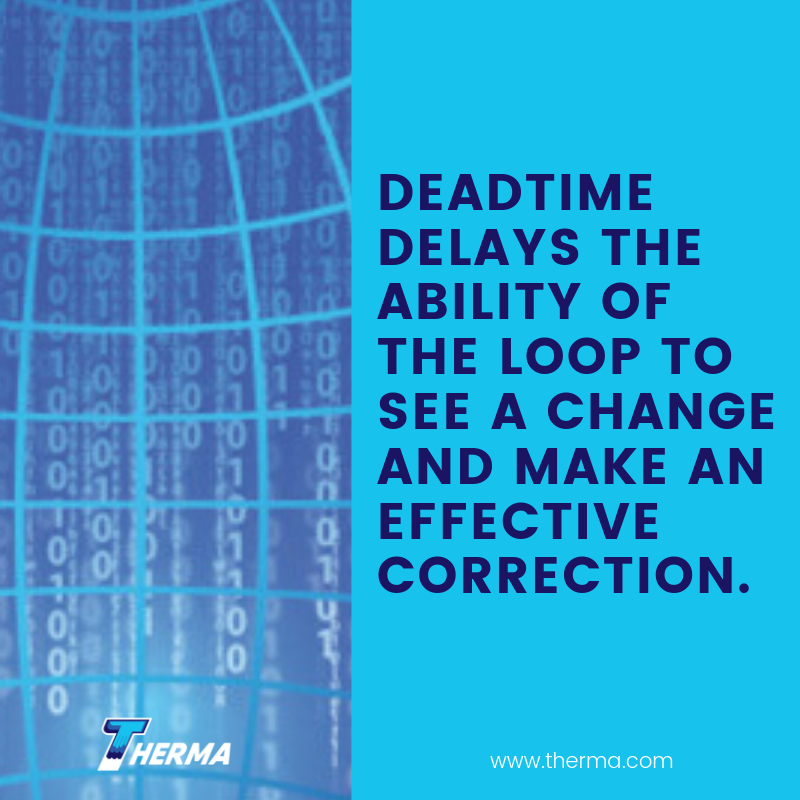By Trevillian Highter
An automation system may be either sluggish or too fast, causing disruption. Additionally, it consists of various components, including the final control element such as valves, transportation delay, sensor lags, transmitter damping, signal filtering, wireless update rate, and a proportional–integral–derivative (PID) controller. Certain standards are considered for decreasing or increasing the speed of response for these components that are too slow or too fast and most corrections are the responsibility of the automation engineer.

The heart of an automation system is the control loop. A control loop is a group of physical components and software control functions, such as a controller, that automatically measure and adjust the value of a process variable, like temperature, to equal the value of a desired setpoint. The purpose of an automatic controller is to keep the process close to its given setpoint. Accurate and reliable sensors, such as those that detect changes in pressure, are an important part of controller operation and are commonly found in most commercial HVAC systems.
A Slow Automation System
If an automation system is too slow, it’s related to deadtime. Deadtime delays the ability of the loop to see a change and make an effective correction. Deadtime is the most important parameter for loop performance. The minimum peak error and integrated error are proportional to deadtime and deadtime squared, respectively. This deadtime is a total loop that includes the sum of all the time delays and deadtime lags in the control loop, whether in the process, valve, measurement or controller.
An automation engineer can tune a control loop to get an ideal response from a control system. For instance, it would make no sense to purchase faster valves and measurements to decrease deadtime if you don’t also tune the PID controller to match the decrease in actual deadtime. This kind of new equipment would result in no improvement, because the effective deadtime from the sluggish PID control would be greater than the actual deadtime.
Limiting Factors
A limiting factor in an automation system control loop is deadtime. The inaccurate use of the term “process deadtime” instead of “total loop deadtime” causes missed opportunities by the engineer to reduce deadtime in the valve, measurement or controller. It is also less expensive than reducing deadtime in the process.
Literature shows minimizing errors, such as peak errors and integrated absolute errors, is achieved by fast aggressive tuning — however, this not actually practiced due to the inevitable changes and unknowns regarding deadtime and lags. Errors get larger as the tuning becomes slower and less aggressive.
A Too-Fast Automation System
Choose the Right Components and Decrease Deadtime
To make an automation system as fast as it needs to be, choose components that make the loop faster based on ease of use. Some of these might include: decreasing PID execution, wireless rates and signal filtering. (Assuming that the components addressed are more than 10% of total loop deadtime) Next, decrease the largest source of deadtime that can take additional time and money such as a more precise and faster valve.
Control the Resonance
A Too-Fast system can also occur when there is a greater resonance or interaction. An automation engineer should reduce resonance or interaction by adjusting the loops faster or slower depending on the importance of the loop at hand.
Avoid Disturbance

A too-fast automation loop can also cause a disturbance in other loops. A load disturbance represents disturbances that drive the process away from its desired behavior. For example, the pH and temperature overshoot is critical to a bioreactor’s cell life. By making the loop response much slower and having a less aggressive PID tuning setting, the disturbances from changes in cell growth or production rate become very slow.
Another way to avoid disturbance is to minimize peak errors and integrated errors. Minimizing peak errors help prevent undesirable reactions and to avoid exceeding environmental limits. Minimizing integrated errors assist in reducing the number of utilities and raw material used. Engineers can minimize both by maximizing gain, which is important for peak error calculations and minimizing reset time.
There are seldom step changes within the industry due to the tuning of the PID and the response valve. This effect can be approximated by applying a time constant to the disturbance. For instance, dryer moisture is calculated by the difference between inlet and outlet temperatures. This difference is then filtered by a large time constant that is greater than the moisture controller’s reset time.
Biography:
Trevillian has a master’s degree in computer science. Her experience includes analytical research.
Sources:
- https://www.controlglobal.com/blogs/controltalkblog/when-is-an-automation-system-too-slow-and-too-fast/
- https://automation.isa.org/tip-70-importance-minimizing-dead-time-process-automation/
- https://www.controlglobal.com/blogs/controltalkblog/deadtime-the-simple-easy-key-to-better-control/
- https://www.instrumentationtoolbox.com/2012/01/how-process-control-loop-works-in_24.html#axzz4tuLGbruB
- https://www.setra.com/blog/what-is-a-pid-loop
- http://blog.opticontrols.com/archives/1222
- https://automation.isa.org/tip-71-achieve-best-disturbance-rejection-and-setpoint/








